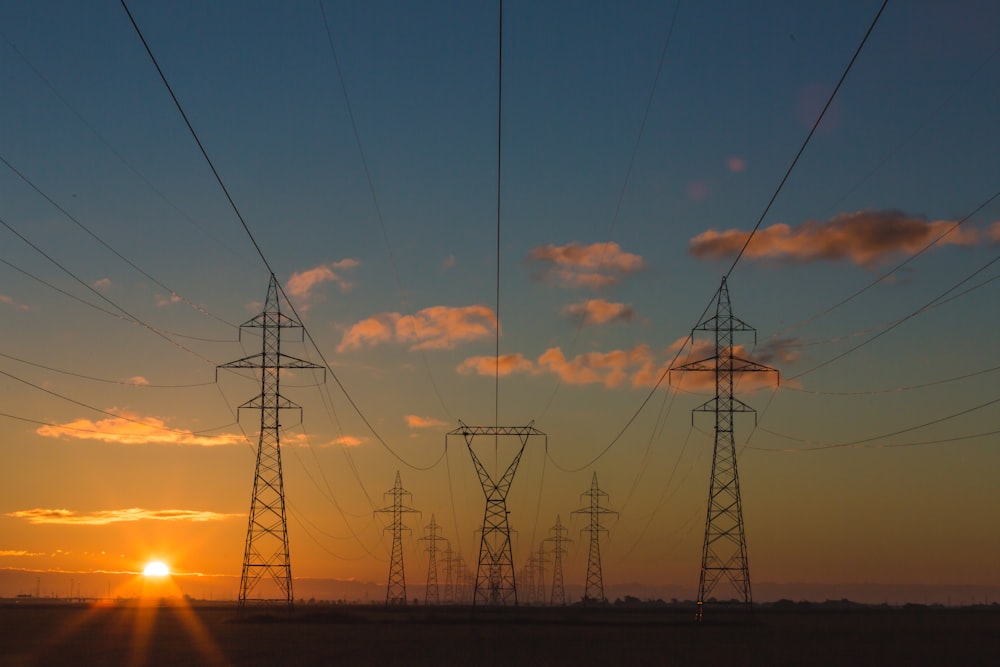To find out more, listen to our latest episode with Nathan Piper: Episode 83: Nathan Piper on Risks in the Global Energy Sector – The International Risk Podcast

In October of 2021, the typical home in the UK was paying £1370 a year on energy. According to studies, this amount could surge to more than £3000 a year by October 2022. The war in Ukraine has impacted us all. If these gloomy predictions come true, British families will experience a doubling of their energy costs in just 12 months. People should be forgiven if they have a certain feeling of whiplash. Only last year, during the covid crisis, the low costs of oil per barrel were making headlines. And now suddenly, the world finds itself in an energy crisis right before winter in the name of fending off an autocrat to the east.
As Nathan Piper said during his recent interview about risks in the global energy sector, on The International Risk Podcast, “Before Russia’s invasion of Ukraine, there was already a tight energy market.” According to the Oxford Institute for Energy Studies, we are in the midst of a ‘perfect storm’ of energy costs. Back in the days of 2019, energy experts were expecting the cost of gas to fall in the years ahead. They predicted supplies of liquified natural gas (LNG) would increase more than they were demanded. However, the opposite has happened. China, finally recovering from covid has used more gas than expected. At the same time, the northern hemisphere experienced a cold winter and also exceeded its expected energy usage. And all of these problems preceded the Russian invasion of Ukraine. Since then, the EU has imposed sanctions on Russian energy exports to weaken Putin’s regime. Seeing as Russia provided 40 percent of the bloc’s energy usage, Europe’s energy problems were infinitely exacerbated. Even the UK, which only counts on Russia for four percent of its energy supplies, is not safe from soaring energy prices.

To offset the most terrible consequences of these rising prices, energy regulators like the UK’s Ofgem has set an energy cap which limits the maximum amount that 15 million domestic energy customers in Great Britain will pay. Setting the cap is difficult because it entails very high stakes. If the cap is too low, Ofgem risks energy providers being unable to cover their expenses and raising prices. Too high, and the cap might force certain households into poverty and harsh, cod winters without heating. The WHO estimates that cold winters are the cause of death for around 38.000 people a year in 11 European countries. While Ofgem is also powerless in face of rising power costs, the National Audit Office found that “it did not do enough in the years that preceded it to ensure the energy supplier sector was resilient to external shocks.” Indeed, from July 2021 to May 2022, 29 energy suppliers within the British market failed and Ofgem did not do anything to mitigate their collapse even as this added to consumer prices.
Turning these risks into opportunities is not going to be easy, but by properly understanding and assessing the current risk environment, we can better prepare and think about the future.
Pingback: Episode 94: Catherine McBride on Energy Security and Risk – The International Risk Podcast